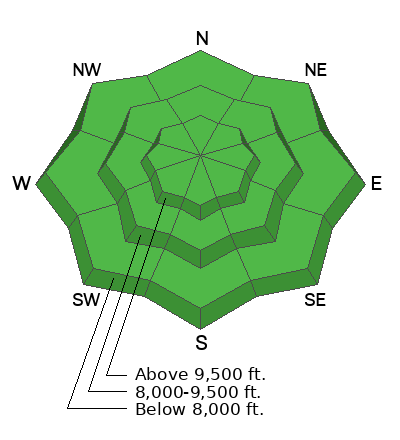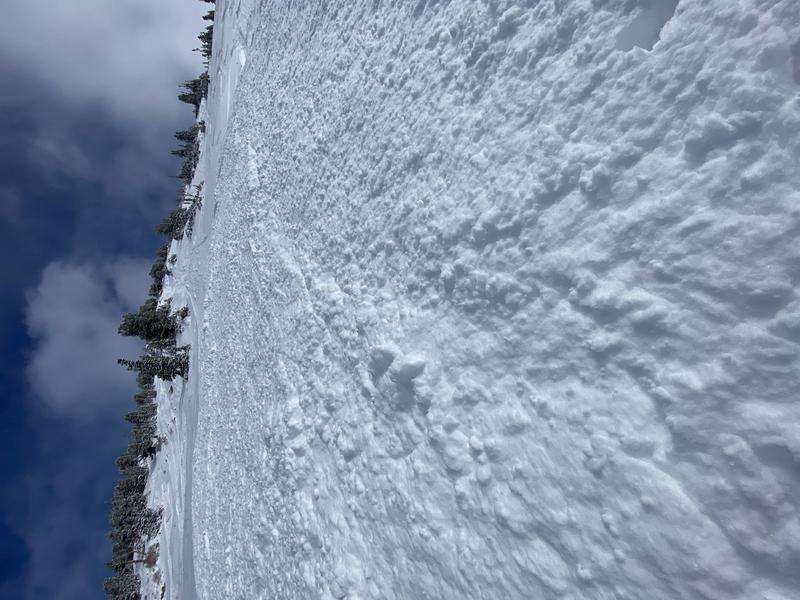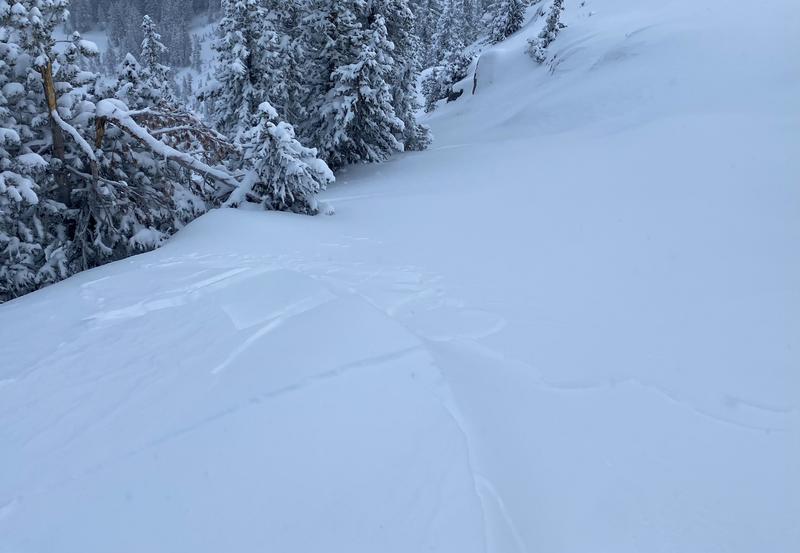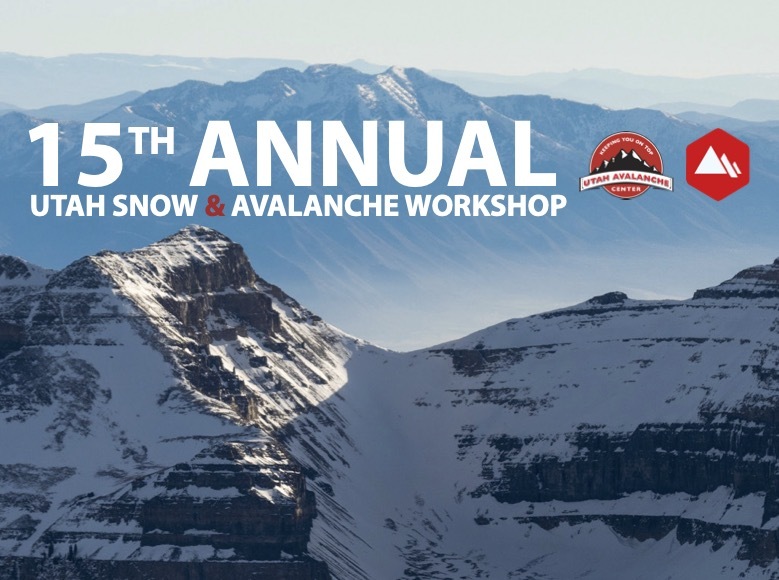Remember to treat ski areas as backcountry terrain and check each resort's travel restrictions on the Resort Uphill Policy page before accessing their terrain.
The ski areas are getting ready for their operating seasons to start so please be respectful of equipment and employees both on and off the slopes.
Give snowcats and snowmobiles a wide berth as they move around their terrain.
With the start of the season it's time to brush up on some continuing education. Check out the upcoming
PROSAW and
USAW, events next week.
Snowfall ended Thursday morning with settled storm totals around 12". Snowpack depths are 1-3' with the deepest amounts in upper Little Cottonwood. The Ogden and Provo mountains have snowpack depths roughly half that amount.
Temperatures this morning are in the upper single digits and winds are from the west/northwest and generally light, averaging less than 10 mph with gusts in the teens. Along the most-exposed upper-elevation ridges, the west/northwest winds are averaging in the 20's mph with gusts in the low 30's.
For today, increasing clouds with temperatures rising into the 20's F. Winds will be from the west/northwest and increasing this afternoon. At mid elevations, winds will average in the teens with gusts in the 20's mph. Wind speeds along exposed upper-elevation ridges will average in the 20's with gusts around 40 mph.
Expecting increasing winds and snowfall overnight and into Saturday with heavy snowfall and strong winds forecast for Saturday afternoon and evening.
Avalanche activity from Thursday included long-running sluffs in the new snow on steeper slopes with debris piles 2-3' deep [Photo: below
Vicki] and shallow wind slabs along upper elevations ridges.
Check out
observations page for the most recent observations and avalanche activity. Thank you for all the observations we have received - please keep them coming!
Although we are off to a good start to our winter season with supportable snow and decent coverage, our nascent snowpack is still thin. Getting caught in even a small avalanche could be consequential with so many natural hazards such as rocks and stumps partially exposed or barely hidden.














